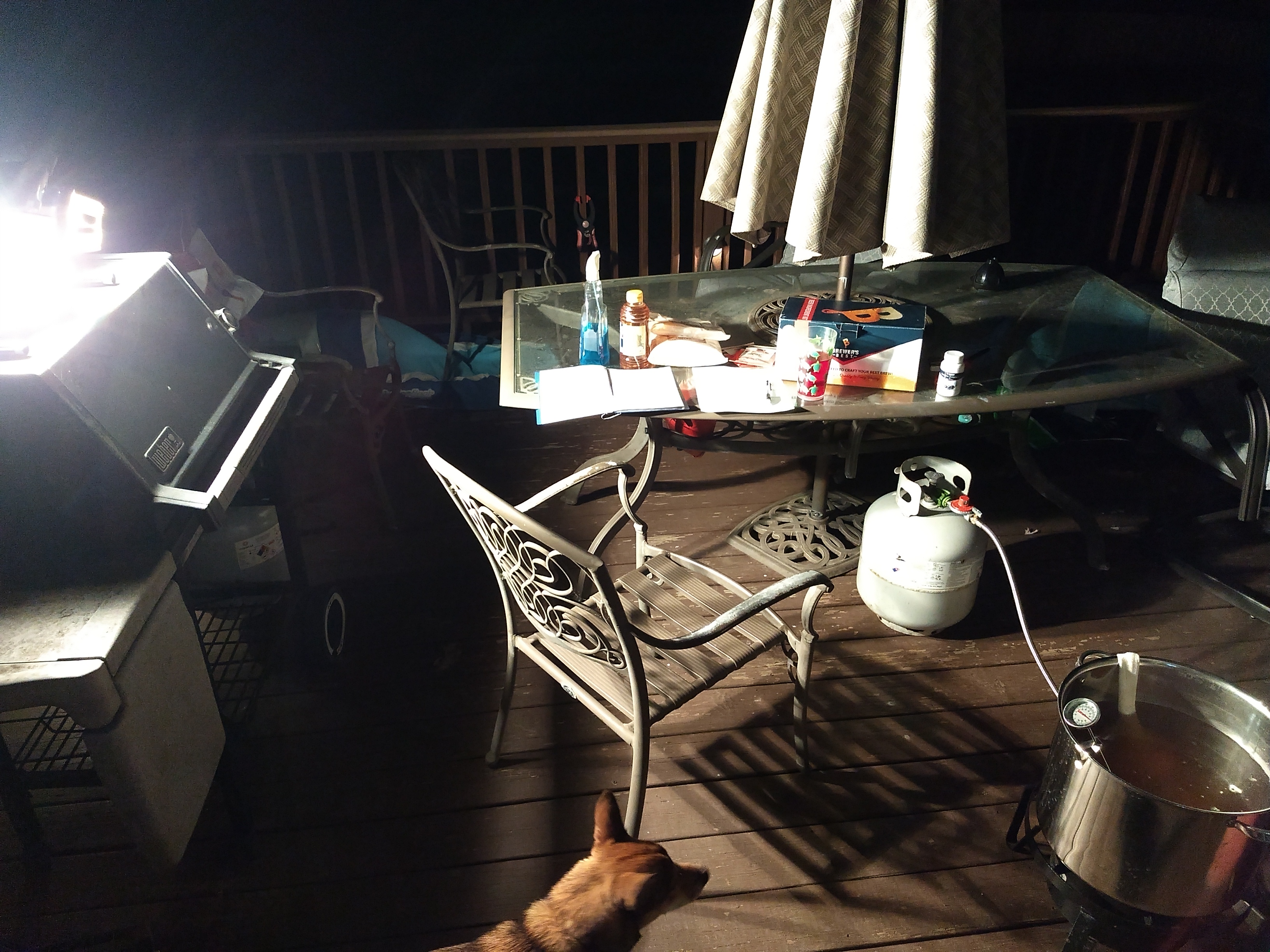I've only done a couple of extract kits so far, on a propane burner, but I enjoy it. Moreso the drinking part, having good beer on tap is awesome. My LHBS keeps nudging me to all grain every time I stop by, says it's cheaper and I'll enjoy it more as I can make anything. He sells the Brewer's Edge Mash and Boil for $350. It seems like perhaps a cheap way to get into all grain. I suppose I could always do all grain on a propane burner like the extract kits, but sitting out on a deck by a propane burner isn't pleasant in the summer, and winter is coming. No way I'm sitting out there in winter, not in Wisconsin. So even if I don't like all grain and want to continue doing extract, I'd like something I can do inside. Our stove is radiant flattop, not something suiting to easily boiling large amounts of water.
Pro is our house has a decent sized unfinished basement (where I'd want to brew), and the electrical panel resides in the basement. Between these two things I can easily and cheaply install practically any circuit/outlet combination I want so I'm certainly not limited by power. With that said, I'm looking for suggestions. Do I:
Pro is our house has a decent sized unfinished basement (where I'd want to brew), and the electrical panel resides in the basement. Between these two things I can easily and cheaply install practically any circuit/outlet combination I want so I'm certainly not limited by power. With that said, I'm looking for suggestions. Do I:
- Get my feet wet with something cheap like the Brewer's Edge Mash and Boil?
- Jump straight into something bigger and more powerful (240 V)?
- Go the DIY route and build a system, to get lots of features for cheaper?
- Something else?








